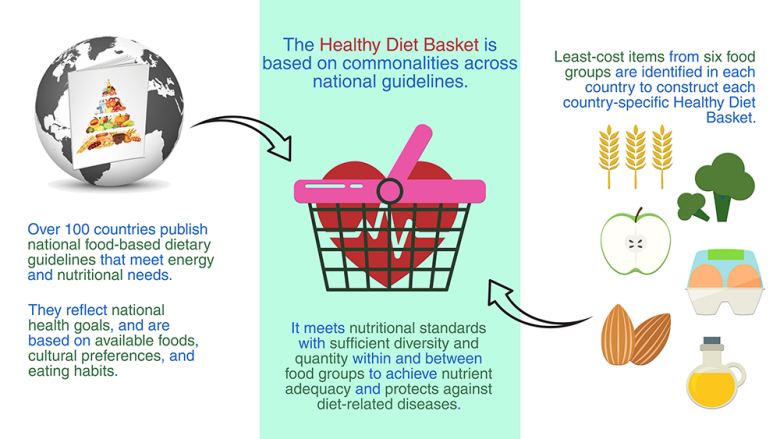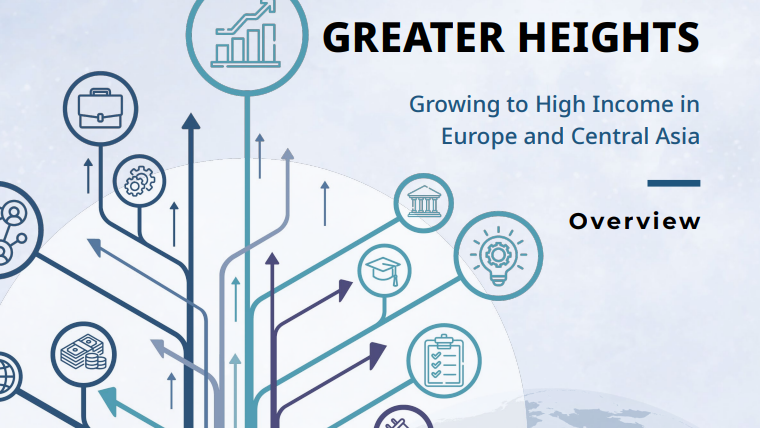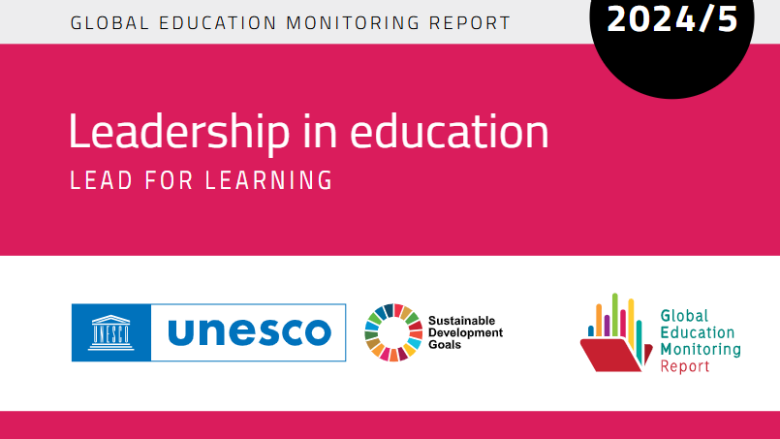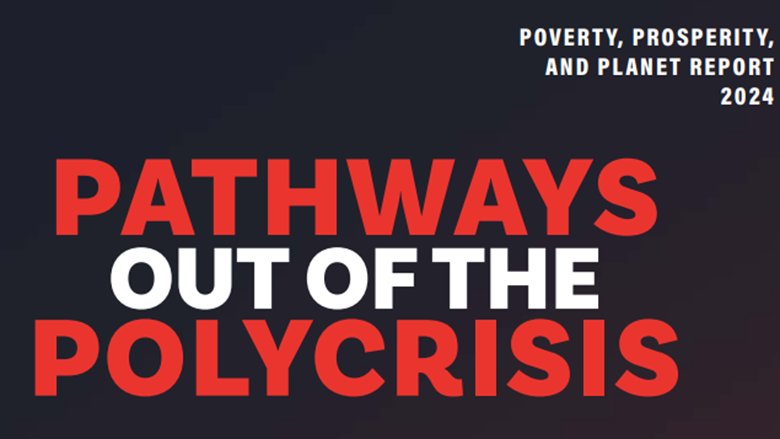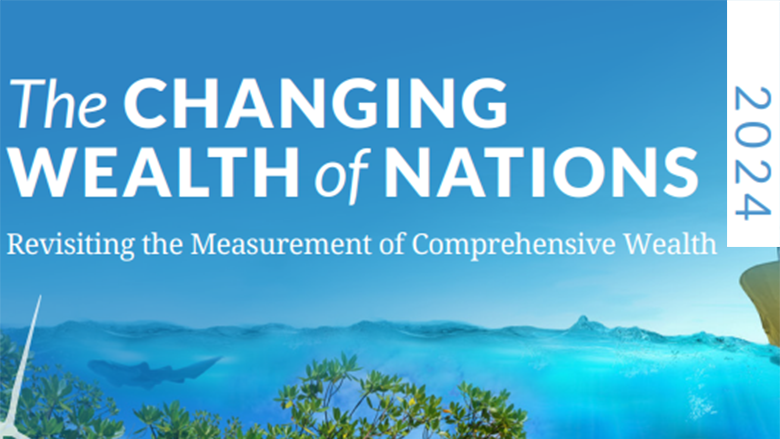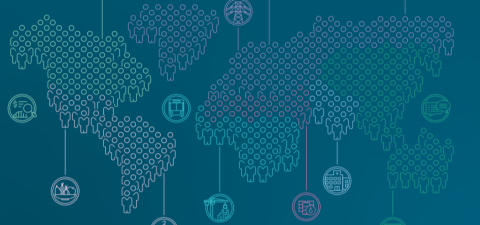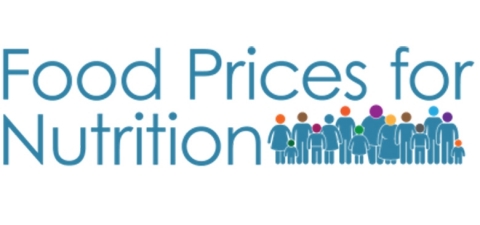Uses and applications of ICP data
PPPs are primarily used to convert the national accounts data of economies, such as GDP and its expenditure components, into a common currency. In doing so they eliminate the effect of price level differences between economies and reflect only differences in the volume or output of economies. PPPs are also used to derive price level indexes (PLIs) - the ratio of an economy’s PPP to its market exchange rate.
ICP data encompass PPPs and PLIs, as well as PPP-adjusted expenditures in both aggregate and per capita form, for nearly 200 economies. These data are essential to cross-country comparisons of GDP, consumption, and investment.
As a global public good, ICP data are used for research and analysis, indicator compilation, policy making, and administrative purposes at the national, bilateral, regional, and global levels. Users of ICP data, and the cross-country comparisons that they enable, include policy makers, multilateral institutions, academia, the media and the private sector.
The breadth and depth of the ICP dataset make it a valuable input to a wide range of themes under the economic, environmental, and social development umbrellas. PPPs are used to establish the international poverty line and measures of global poverty, which in turn are used by Sustainable Development Goal 1 to monitor progress. Other SDGs focusing on agriculture, health, education, labor, income inequality, and energy and emissions also draw on PPPs to track progress. ICP data are also used in the UN’s Human Development Index and the World Economic Forum’s Global Competitiveness Index. Analyses of economic growth, productivity, trade, government expenditure, investment, health costs, migration, waste, welfare, prices, and the impact of violence are other examples.
The 2021 publication Purchasing Power Parities for Policy Making: a Visual Guide to Using Data from the International Comparison Program provides an overview of how data and indicators based on ICP outputs are used in a host of analyses, including monitoring progress towards the SDG goals, to inform policy making across the socioeconomic spectrum at the national, regional, and international levels. Seventy charts and maps illustrating these uses are organized under eleven policy-focused chapters: the size of the economy and price levels; poverty and inequality; trade and competitiveness; labor costs, wages, and social safety nets; food and nutrition; health; education; energy and climate; infrastructure; human development; and administrative uses. In addition, the guide includes a comprehensive chapter on the uses and limitations of PPPs and analyses for which they are appropriate, as well as a technical note outlining the concepts and definitions of terms used. A web-based version is also available.
The list below highlights major outputs that rely on these data. A summary of the limitations and recommended uses of PPPs is also presented.
Please click here to access a current list of the use of PPPs and ICP data in reports and research papers, media and academic articles, and blogs, as well as ICP-related conferences and seminars.
[ Back to page top ]
Major applications
Major applications by international organizations (Detailed list)
- Sustainable Development Goals (United Nations)
- Twin goals of ending extreme poverty and promoting shared prosperity (World Bank)
- Human Development Index (United Nations)
- Global Competitiveness Index (World Economic Forum)
- Goalkeepers Report (Bill & Melinda Gates Foundation)
- Global Wage Report (International Labour Organization)
- Poverty rates at international poverty line, size of the economy, and price levels in the World Development Indicators (World Bank)
- Country group aggregates and growth rates in the World Economic Outlook (International Monetary Fund)
- World and G20 output and growth rates in the Economic Outlook (OECD)
- Allocation of the European structural and cohesion funds (European Union)
- Shareholding and drawing rights (International Bank for Reconstruction and Development and International Monetary Fund)
Major applications by policy makers, academia and private sector (Detailed list)
- Analysis of national competitiveness (National policymakers)
- Welfare measures, consumption patterns, trade, productivity and competitiveness, energy efficiency, health and education costs and other uses (Academic and research institutions)
- Evaluation of investment costs across countries (Private sector)
[ Back to page top ]
Limitations and Recommended Uses of PPPs
Purchasing power parities are statistical estimates and are subject to sampling, measurement and classification errors. Hence, they should be treated as approximations to true values. This caveat should be kept in mind when using PPPs, and users should be cautious of drawing conclusions based on small differences in PPPs between economies. Due to the complexity of the process used to collect the data and calculate PPPs, it is not possible to directly estimate their margins of error. 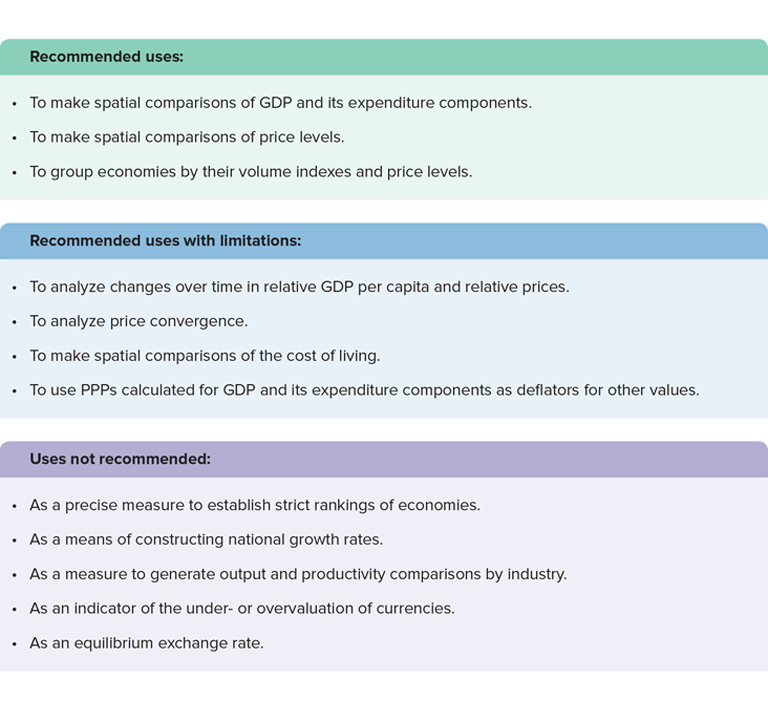
[ Back to page top ]
